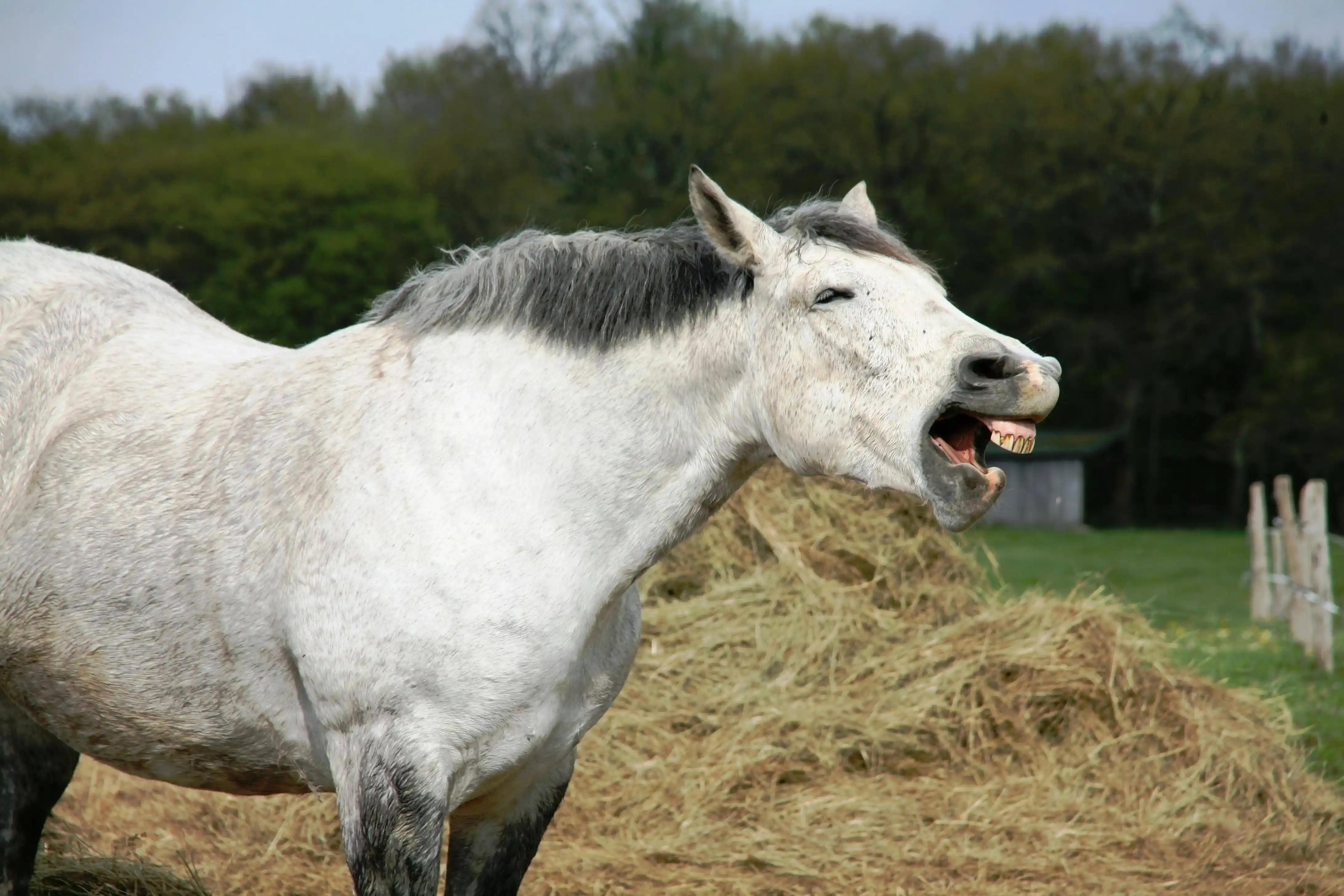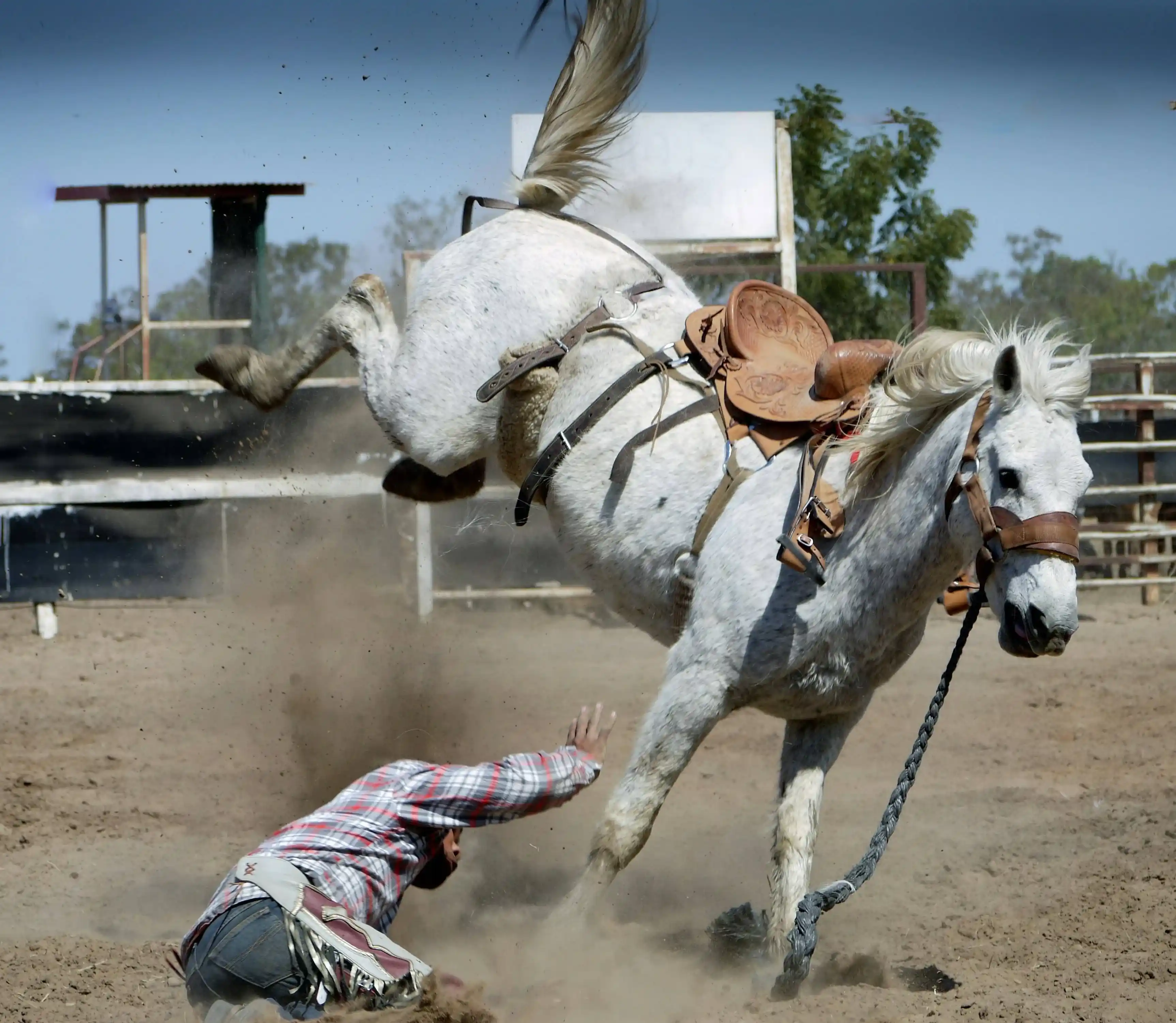Explore Effective Joint Supplements to Enhance Your Horse's Joint Health and Mobility
Introduction
The health and mobility of a horse are central to its quality of life, performance, and longevity. Whether your horse is a competitive athlete, a working partner, or a beloved companion, joint health is a critical aspect of overall well-being. Over time, the physical demands placed on a horse’s joints—through training, competition, or even daily movement—can lead to wear and tear, inflammation, and degenerative joint disease (DJD), commonly known as osteoarthritis.
As a result, horse owners and caretakers are increasingly turning to joint supplements as a proactive and supportive measure. But with a vast array of products on the market, understanding what works, why it works, and how to choose the right supplement for your horse can be overwhelming. This comprehensive guide explores the science behind equine joint health, the most effective joint supplement ingredients, how to evaluate products, and best practices for supporting your horse’s mobility at every stage of life.
Understanding Equine Joint Health
A horse’s joints are complex structures composed of bones, cartilage, synovial fluid, ligaments, and tendons. Healthy joints allow for smooth, pain-free movement. However, repetitive motion, trauma, aging, and genetic predisposition can all contribute to joint deterioration. The most common joint issues in horses include:
- Osteoarthritis (OA): A degenerative condition characterized by the breakdown of cartilage and inflammation of the joint capsule.
- Synovitis: Inflammation of the synovial membrane, leading to pain and swelling.
- Cartilage Wear: Loss of the smooth cartilage surface, resulting in joint stiffness and discomfort.
- Ligament and Tendon Strain: Overuse or injury can compromise joint stability and function.
Early signs of joint problems may include stiffness, reluctance to move, decreased performance, swelling, or heat in the joints. Left unaddressed, these issues can progress, causing chronic pain and limiting your horse’s activity.
Why Joint Supplements?
Joint supplements are designed to support the structure and function of the joints, reduce inflammation, and slow the progression of degenerative changes. They are not a cure for severe joint disease, but they can play a valuable role in prevention, early intervention, and ongoing management. The goals of joint supplementation include:
- Promoting cartilage repair and regeneration
- Reducing inflammation and pain
- Supporting synovial fluid production for joint lubrication
- Protecting against further joint damage
- Enhancing overall mobility and comfort
For horses in heavy work, older horses, or those with a history of joint issues, supplements can be a key part of a comprehensive joint care program.
Key Ingredients in Equine Joint Supplements
Not all joint supplements are created equal. The efficacy of a product depends on its ingredients, their concentrations, and the quality of manufacturing. Here are the most researched and widely used ingredients in equine joint supplements:
1. Glucosamine
Glucosamine is a naturally occurring amino sugar that plays a vital role in the formation and repair of cartilage. It is commonly used in the form of glucosamine sulfate or glucosamine hydrochloride. Studies suggest that glucosamine may help slow cartilage breakdown and reduce inflammation in the joint.
Read more about glucosamine research
2. Chondroitin Sulfate
Chondroitin sulfate is a major component of cartilage and helps retain water, providing cushioning and elasticity. It is often combined with glucosamine for a synergistic effect. Chondroitin may inhibit enzymes that degrade cartilage and support joint repair.
AAEP: Chondroitin Sulfate and Glucosamine
3. Methylsulfonylmethane (MSM)
MSM is a source of bioavailable sulfur, which is essential for the formation of connective tissue. It is believed to have anti-inflammatory and antioxidant properties, helping to reduce pain and swelling.
The Horse: MSM for Horses
4. Hyaluronic Acid (HA)
Hyaluronic acid is a key component of synovial fluid, which lubricates the joints and absorbs shock. Supplementing with HA can improve joint lubrication, reduce inflammation, and support cartilage health.
NCBI: Hyaluronic Acid in Equine Medicine
5. Omega-3 Fatty Acids
Omega-3s, particularly those derived from fish oil or flaxseed, have potent anti-inflammatory effects. They can help modulate the immune response and reduce joint inflammation.
The Horse: Omega-3 Fatty Acids for Horses
6. Collagen
Collagen is a structural protein that provides strength and elasticity to cartilage, tendons, and ligaments. Hydrolyzed collagen supplements may support the repair of connective tissue.
Horsetalk: Collagen Supplementation in Horses
7. Avocado/Soybean Unsaponifiables (ASU)
ASU is a natural extract that may help protect cartilage and reduce inflammation. It is often included in advanced joint formulas.
NCBI: ASU and Joint Health
8. Herbal and Antioxidant Additives
Ingredients such as turmeric (curcumin), boswellia, vitamin C, and vitamin E are sometimes added for their anti-inflammatory and antioxidant properties. While promising, more research is needed to confirm their efficacy in horses.
Horsetalk: Turmeric for Horses
How to Choose the Right Joint Supplement for Your Horse
Selecting the best joint supplement involves considering your horse’s age, workload, health status, and specific needs. Here are some key factors to guide your decision:
- Ingredient Quality and Dosage: Look for products that list active ingredients and their concentrations. Compare these to dosages used in published research.
- Formulation: Some horses prefer pellets, powders, or liquids. Choose a form that your horse will readily consume.
- Reputation and Transparency: Select brands with a history of quality control, transparent labeling, and positive reviews from veterinarians and horse owners.
- Veterinary Guidance: Consult your veterinarian before starting any supplement, especially if your horse has existing health conditions or is on medication.
- Cost and Value: Higher price does not always mean better quality. Evaluate the cost per daily dose and the presence of clinically proven ingredients.
For a detailed comparison of popular joint supplements, see this Horse Journals: Joint Supplements for Horses.
When Should You Start Joint Supplements?
The best time to start joint supplementation is before significant problems arise. Horses in heavy work, those with a family history of joint disease, or older horses may benefit from early intervention. Signs that your horse may need joint support include:
- Stiffness after rest or exercise
- Reluctance to move or perform
- Swelling or heat in the joints
- Changes in gait or lameness
Preventative supplementation, combined with good management practices, can help maintain joint health and delay the onset of degenerative changes.
Best Practices for Supporting Joint Health
While supplements are valuable, they are most effective when combined with holistic management strategies:
- Regular Exercise: Controlled, consistent exercise helps maintain joint flexibility and muscle strength. Avoid sudden increases in workload.
- Weight Management: Excess weight puts additional strain on joints. Maintain your horse at an ideal body condition score.
- Proper Hoof Care: Regular trimming and shoeing support correct limb alignment and reduce joint stress.
- Surface Management: Work your horse on safe, well-maintained footing to minimize concussion and injury.
- Routine Veterinary Care: Schedule regular check-ups, lameness evaluations, and vaccinations to catch problems early.
For more on joint care management, visit The Horse: Joint Health Management in Horses.
Scientific Evidence: Do Joint Supplements Work?
The effectiveness of joint supplements in horses is an area of ongoing research. Some studies have shown positive effects, particularly with glucosamine, chondroitin, and hyaluronic acid, while others have found limited or variable results. Factors influencing efficacy include the severity of joint disease, the quality of the supplement, and individual horse response.
A 2016 review published in the Journal of Equine Veterinary Science concluded that while some oral joint supplements may provide benefits, more large-scale, controlled studies are needed. Injectable forms of hyaluronic acid and polysulfated glycosaminoglycans (PSGAGs) are also used in veterinary medicine for more advanced cases.
It is important to set realistic expectations: supplements are most effective as a preventive or supportive measure, not as a cure for advanced joint disease.
Common Myths and Misconceptions
-
“All joint supplements are the same.”
Fact: Products vary widely in ingredient quality, dosage, and bioavailability. Always read labels and research brands. -
“Supplements can replace veterinary care.”
Fact: Supplements are a supportive tool, not a substitute for professional diagnosis and treatment. -
“If one is good, more is better.”
Fact: Over-supplementation can be wasteful or even harmful. Follow recommended dosages and consult your vet. -
“Results are immediate.”
Fact: It may take several weeks to notice improvements. Consistency is key.
Case Studies: Real-World Experiences
Case 1: Senior Dressage Horse
A 17-year-old Warmblood gelding began showing signs of stiffness and decreased performance. After veterinary evaluation, a joint supplement containing glucosamine, chondroitin, MSM, and hyaluronic acid was introduced alongside a tailored exercise program. Within two months, the horse demonstrated improved flexibility and willingness to work.
Case 2: Young Eventer in Training
A 6-year-old Thoroughbred mare in eventing training was started on a joint supplement as a preventive measure. The supplement included omega-3 fatty acids and collagen. Over the competition season, the mare maintained soundness and showed no signs of joint discomfort, despite a demanding schedule.
Case 3: Arthritic Pony
A 22-year-old pony with chronic arthritis was managed with a combination of oral joint supplements, weight control, and regular farrier care. While not a cure, the supplement helped reduce the frequency of flare-ups and improved the pony’s comfort during turnout.
Frequently Asked Questions
How long does it take to see results from a joint supplement?
Most horses require 4-8 weeks of consistent supplementation before noticeable improvements in mobility or comfort are observed. Some may respond sooner, while others may need longer.
Are there any side effects?
Most joint supplements are well-tolerated. Rarely, digestive upset or allergic reactions may occur. Always introduce new supplements gradually and monitor your horse for changes.
Can I use joint supplements with other medications?
In most cases, yes, but always consult your veterinarian to avoid potential interactions, especially if your horse is on prescription medications.
Are joint supplements safe for pregnant or lactating mares?
Some ingredients may not be recommended during pregnancy or lactation. Consult your veterinarian before use.
Do young horses need joint supplements?
Young, growing horses in training may benefit from preventive supplementation, especially if they are at risk for joint issues. However, focus on balanced nutrition and appropriate exercise first.
Recommended Resources and Further Reading
- The Horse: Joints & Lameness
- American Association of Equine Practitioners: Joint Supplements
- Horse & Hound: Best Joint Supplements for Horses
- Hygain: Joint Supplements for Horses
- Horse Journals: Joint Supplements for Horses
Conclusion
Joint health is a cornerstone of your horse’s well-being, performance, and happiness. While no supplement can reverse severe joint disease, effective joint supplements—when chosen wisely and used as part of a holistic management plan—can help maintain healthy joints, reduce discomfort, and prolong your horse’s active years. Always consult with your veterinarian to develop a joint care strategy tailored to your horse’s unique needs, and remember that prevention, early intervention, and consistent care are the keys to lifelong mobility.
By staying informed and proactive, you can give your horse the best chance at a comfortable, active, and fulfilling life.






































